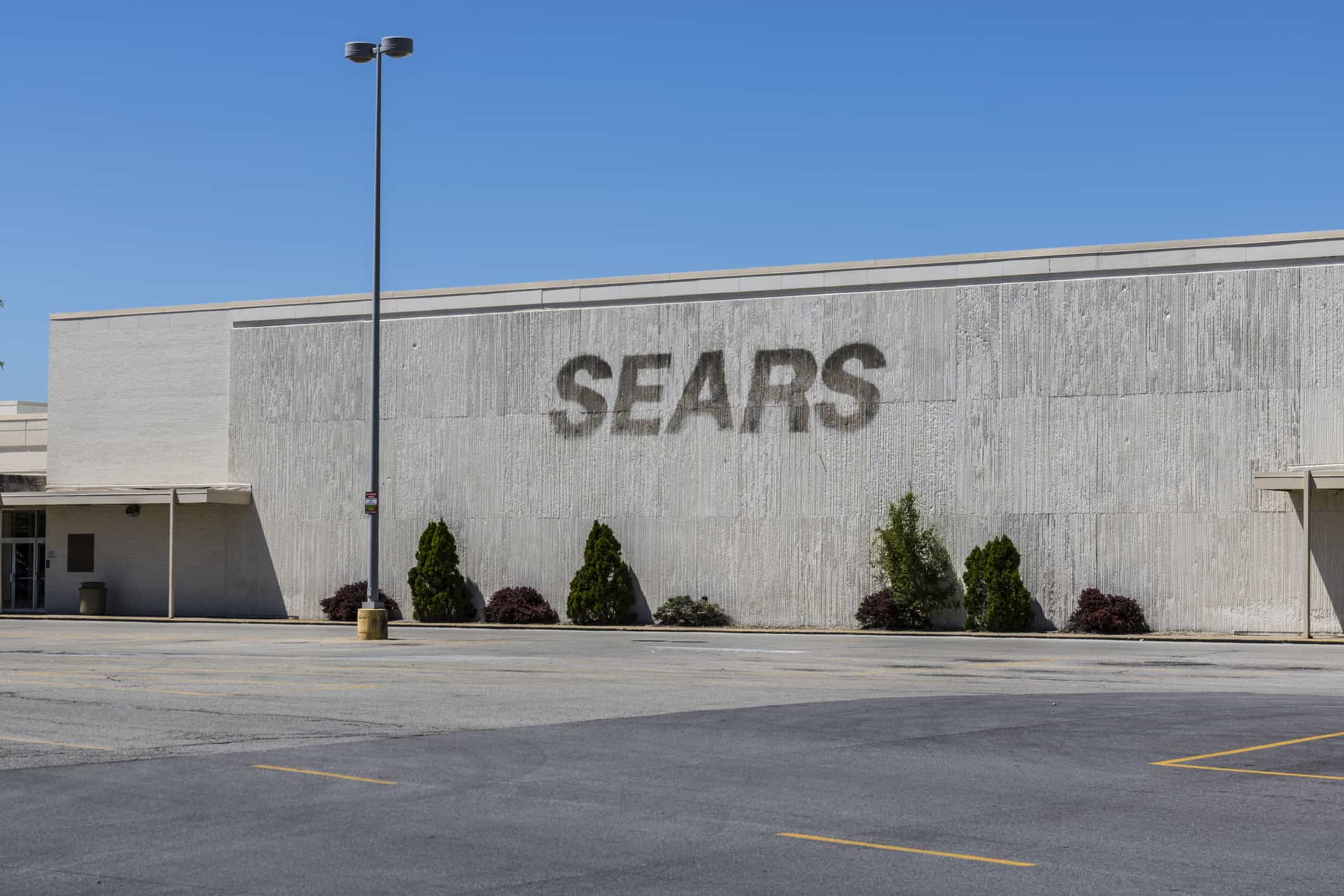GUEST EDITORIAL: THE RETAIL APOCALYPSE IS FAKE NEWS

The alchemist’s top ten prophecies for what’s next in 2019
1. The Retail Apocalypse will be finally exposed as “fake news” for math-challenged, headline-grabbing media. While closed stores and lost retail jobs are painful and disruptive, they are not apocalyptic. E-commerce will not eat mortar-and-brick for lunch. Online sales get the buzz. Mortar-and-brick gets the money. The vast majority of sales, over 85 percent, will continue to take place in brick-and-mortar stores. And, in 2019, physical stores will contribute 50 percent of all retail growth.
2. The retail industry will slow down in 2019. Labor markets and basic economic indicators will remain strong. However, geopolitical factors, consumer confidence, inflation, and demographic shifts will influence spending patterns and slow retail spending
3. “Network Effects” will narrow the retail playing field. Growth will accrue to a small number of big winners. However, niche players can win with “go small or go home” strategies.
4.
5. The Three C’s of Retail will be critical differentiators: “Choice,” “Cost,” and “Convenience.” Successful retailers will have one, or more, of the best assortment, the best prices, or the best service. The exception that proves the rule: Sears.
6. Off-Mall will outperform In-Mall.
7. In 2019, we’ll still have too many stores, too much retail space, and too much inventory. Store closures and bankruptcies will continue as retailers continue to right-size their door count and selling space. Too many stores and too much product results in an over-supply of mass-market goods, driving down prices and favoring off-price stores, and discount web sites. It becomes a race to the bottom.
8. Surplus selling space turns retailers into landlords. Will these new tenants add value beyond lowering real estate costs? Kohl’s has Amazon and Aldi as tenants; a play for foot traffic. Macy’s has Samsung, B8ta,
9.
10. Online commerce will be costlier than ever to execute. The cost of customer acquisition will grow significantly for all except the big guys (Amazon, Google, Facebook). Online fulfillment costs, both outbound and inbound, along with the associated labor, materials, freight, warehouse space, inspection, refurbishing, I.T. and “reverse logistics” will be an essential retail performance indicator, separating winners from losers. Online shipping will also create a truly outstanding amount of corrugated waste. Nearly one-third of all online shipments will be returned. This deluge will escalate as shoppers increasingly demand fast, simple and free returns. The speed, efficiency and customer service level retailers provide re: shipping and returns will be a critical factor in determining which companies make money, and which will fail.
And one more for good measure: Sustainability will move from “buzz” to “ding,” the sound of cash registers ringing.









Thanks David. Your insights are always valuable and in the mark.
One result that stands out for me. All this appears to support a market picture in which the giant retailers and vertical single brands dominate nationally and globally because they have the resources. Look around the world and, in most major shopping areas, the retailers and brands look sadly and strikingly similar. There will always be room for great and innovative independent retailers but, like everything else, the middle continues to fall away.
Bottom line – Consumers still need to buy stuff. It’s the where and how that continues to change.
Keep’em coming. I know you will.